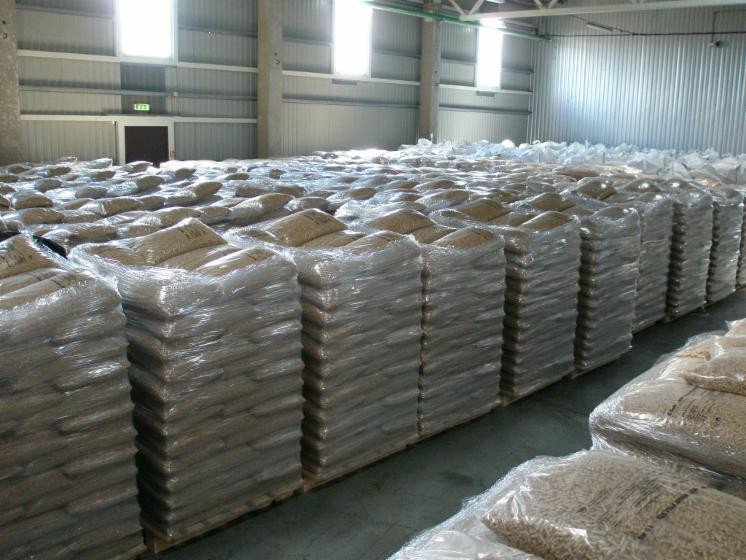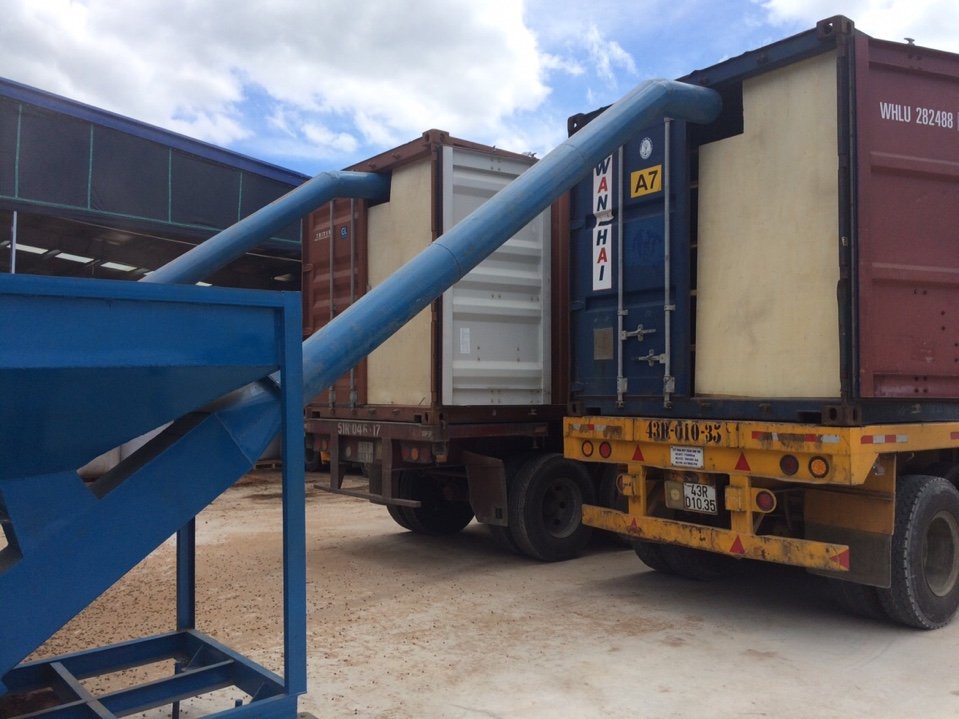Sawdust pellets are products produced from sawdust through compression and bonded together by adhesives. Sawdust pellets are used as fuel in industrial boilers, incinerators in wood and paper mills, or for use in thermal heaters. In addition, sawdust pellets can also be used as an organic fertilizer for crops or as a lightweight building material.
Sawdust pellets have low moisture, low ash and high heat emission, safe for users' health, so they are increasingly popular in markets requiring high temperatures.
Currently, Vietnam is one of the leading producers of sheep mulch pellets in the world and has made significant development in this field. The demand for pellets of sheep mulch is increasing worldwide for use as fuel in thermal power plants or as organic fertilizer.
According to data from the General Department of Vietnam Customs, in the first 4 months of 2023, Vietnam's export turnover of wood, coal and humus pellets reached about 75 million USD, up 12.8% compared to in the same period last year. In which, the export of humus tablets accounts for a large proportion and is showing a positive growth trend.
However, the production of humus pellets still faces a number of challenges such as: high input material costs, inconsistent production costs in different regions, unadvanced production technology and competitive edge. competition from other manufacturers in the world.
Some form of tablet packing and shipping.
1. Pack tablets into small PP bags, then pack into pallets.
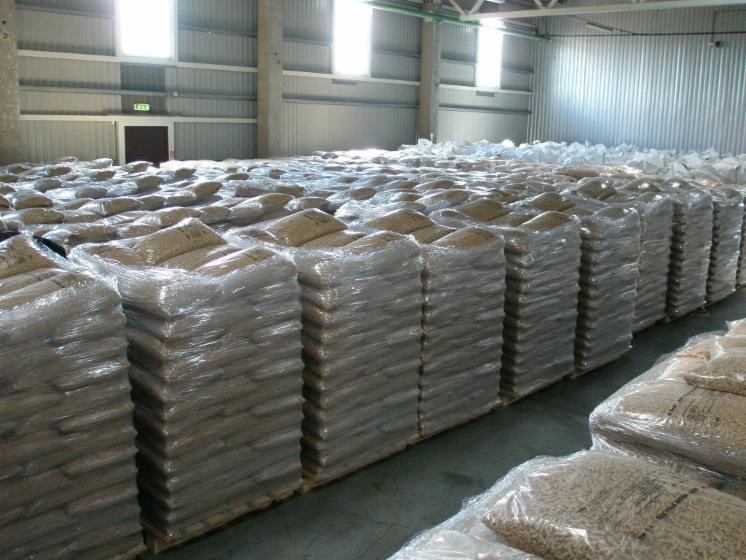
With this packing, we can fit about 20 tons of tablets in a 20ft container. However, this form of packaging costs the factory an additional cost of PP bags.
In fact, Vietnam has very few prescriptions to export tablets in the form of civil use, so this form is less popular.
2. Pack tablets into Jumbo bags, then pack into containers
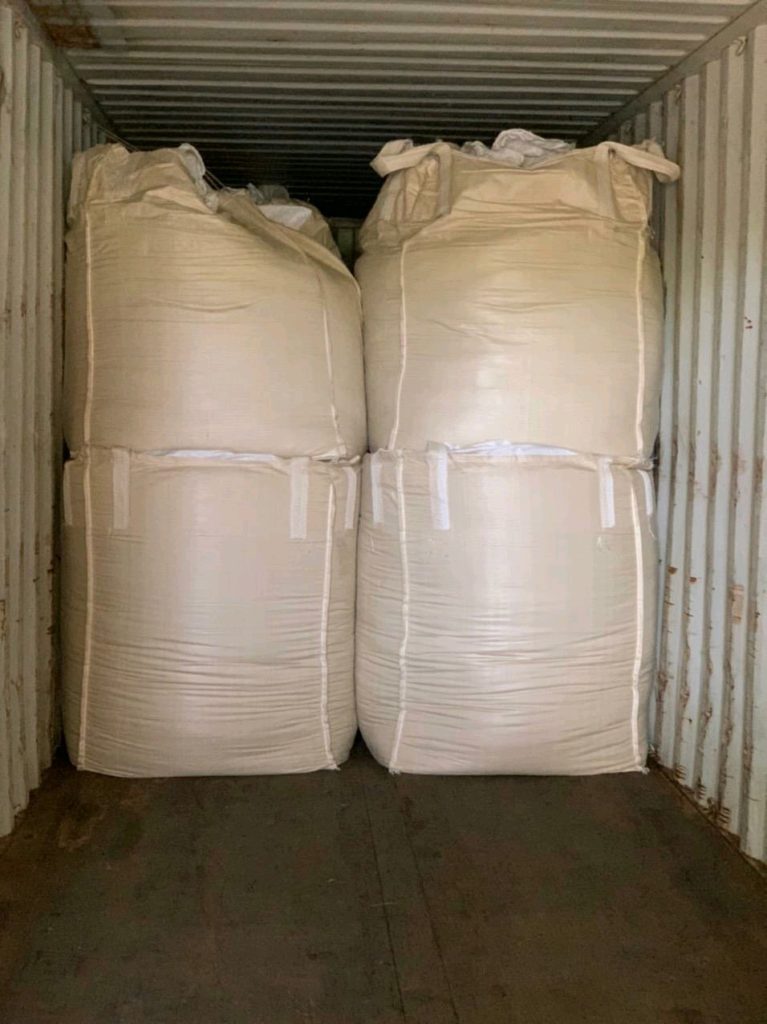
Pack tablets with jumbo bags
Each Jumbo bag can hold from 650kg to more than 800kg.
According to the experience of the factory owners, this form can pack about 14 -15 tons of goods in a 20ft container.
Therefore, if customers require jumbo bags, they can switch to a 40ft container that will hold 25 - 27 tons.
This will be more economical.
3. Directly spray the tablets into the container
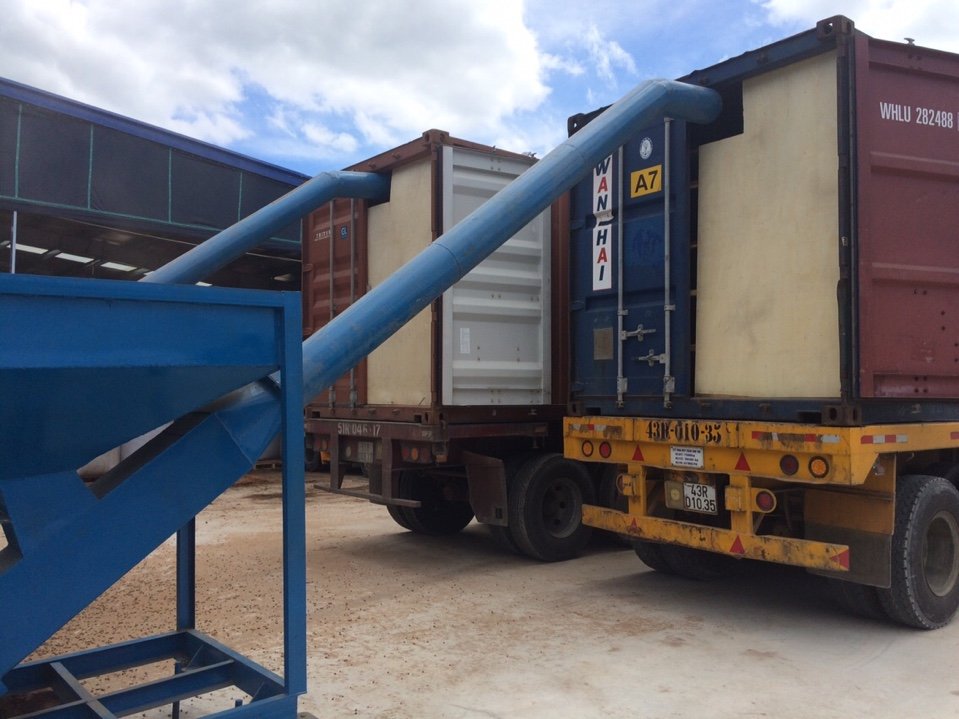
Packing tablets by direct injection into the container
This is my preferred form, saving both suppliers and customers in orders of several thousand tons.
In this form, the factory will reduce the cost of packaging and jumbo bags. Also by this direct spray with 20ft container can hold about 18 - 20 tons.
However, if the buyer does not have the manpower to unload, but can only use a forklift, it is imperative to return to the option of using jumbo bags.
4. Directly pouring tablets into bulk carriers (ships)
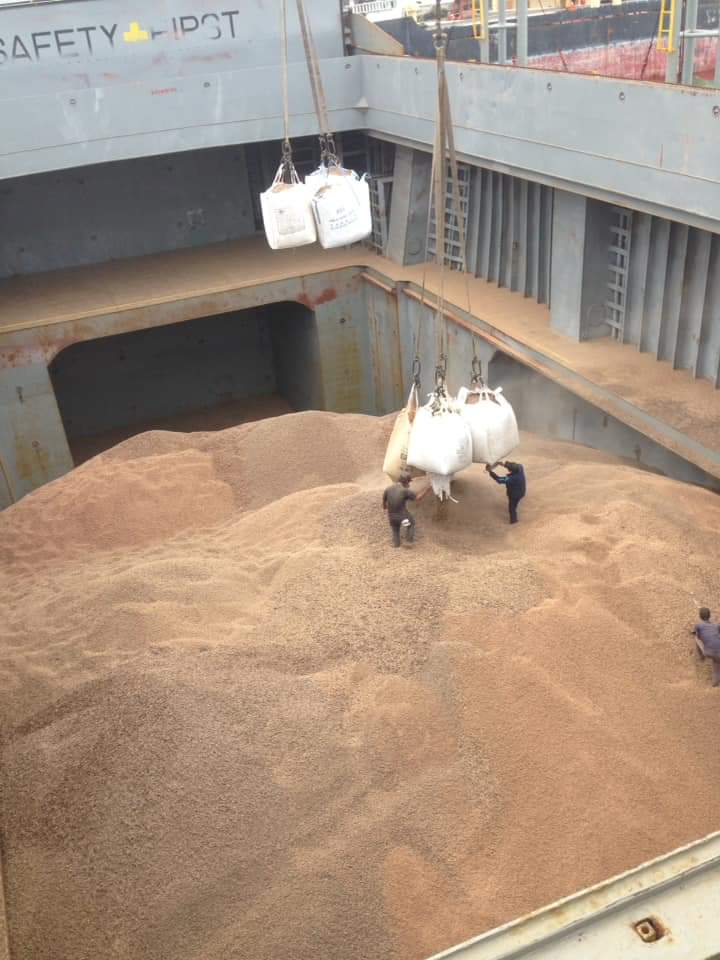
Transporting tablets by bulk ship
This form of transportation is often used with large orders of about 10,000 tons.
In this form, the pellets are transported directly to the port, then hoisted and discharged directly into the cargo hold of the bulk carrier.
Some people worry that by this form of transportation, the tablets are susceptible to moisture gain during transportation.
We don't have a document about this, but in fact, with large orders exported to Japan, we all use this form of shipping.
